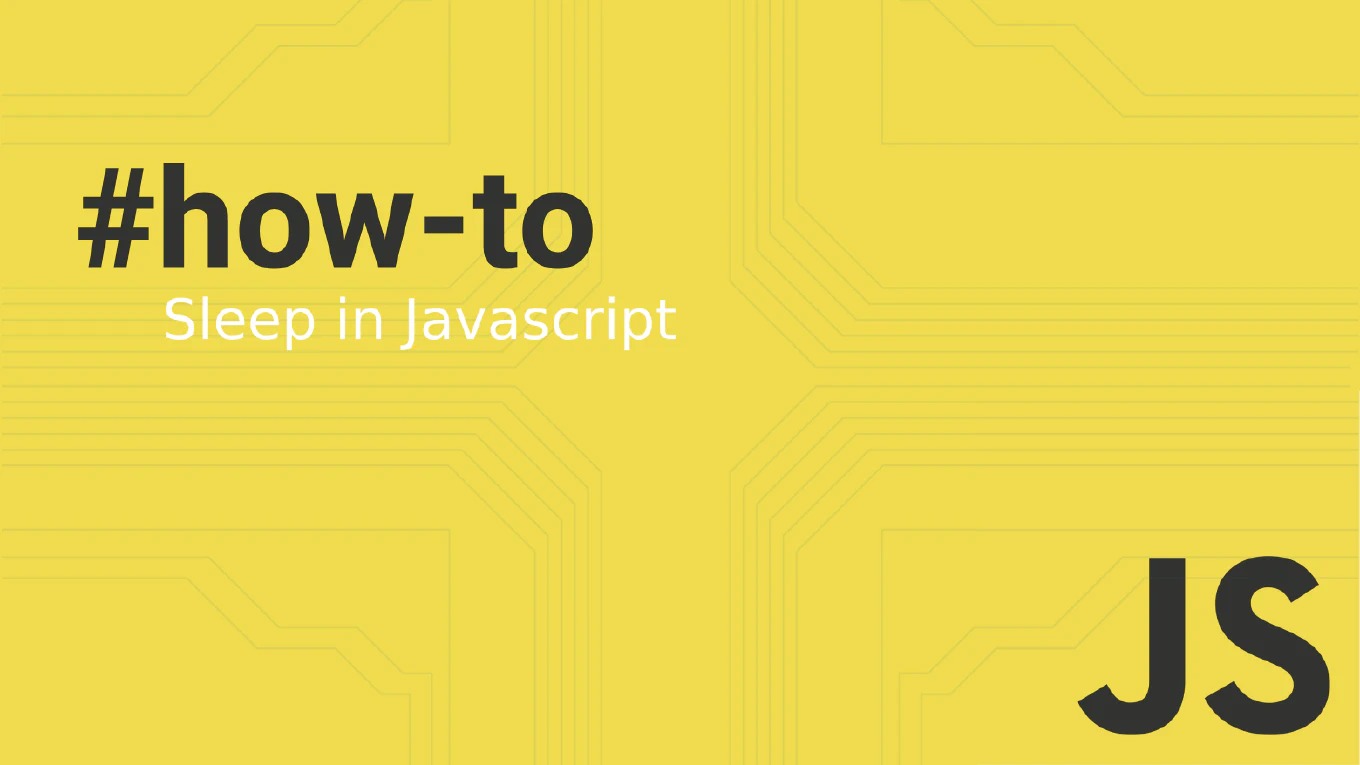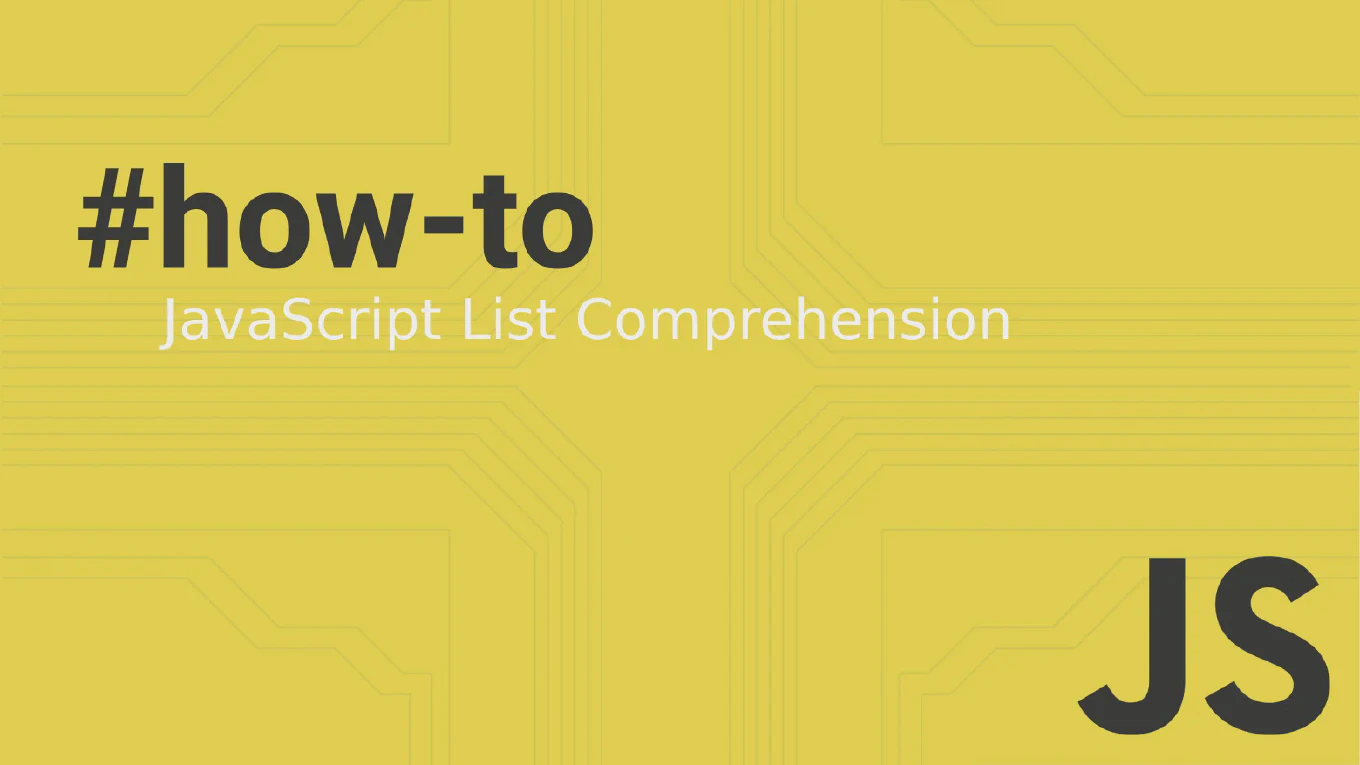How to check the number of arguments in a function in JavaScript
Checking the number of arguments passed to a function is crucial for creating flexible JavaScript functions that handle variable parameters. With over 25 years of experience as a software developer and creator of CoreUI, I’ve used this technique extensively to build adaptive component methods that work with different argument counts. The most modern approach is using rest parameters with the spread operator, which provides a clean array-based solution. This method is more reliable than the legacy arguments object and works seamlessly with arrow functions.
How to pass default parameters to a function in JavaScript
Setting default values for function parameters is essential when building robust JavaScript applications that handle optional arguments gracefully. As the creator of CoreUI, a widely used open-source UI library, I’ve implemented default parameters in countless functions across our component library over my 25 years of development experience. The most reliable and modern approach is using ES6 default parameter syntax, which provides clean, readable code and automatic fallback values. This method is well-supported across all modern browsers and eliminates the need for manual undefined checks.
How to return multiple values from a function in JavaScript
Returning multiple values from a single function is a common requirement when processing data or performing calculations that yield several results. As the creator of CoreUI, a widely used open-source UI library, and with over 25 years of experience in software development, I’ve implemented countless functions that need to return multiple pieces of related data. The most effective approach is using array destructuring with return statements, which allows you to extract multiple values in a single, readable operation. This pattern provides clean syntax and maintains code clarity while avoiding the need for multiple function calls.
How to write a function declaration in JavaScript
Declaring functions is one of the most fundamental concepts in JavaScript programming, especially when building reusable code components. As the creator of CoreUI, a widely used open-source UI library, and with over 25 years of experience in software development, I’ve written thousands of function declarations across countless projects. The most straightforward approach is using the function declaration syntax, which creates named functions that are hoisted and available throughout their scope. This method provides excellent readability and debugging capabilities compared to other function definition patterns.
How to deep clone an object in JavaScript
Creating complete copies of nested objects is a common requirement when working with complex data structures in JavaScript applications.
As the creator of CoreUI, a widely used open-source UI library, and with over 25 years of experience in software development, I’ve encountered this challenge countless times when managing component state and configuration objects.
The most modern and reliable solution is using the structuredClone() method, which creates true deep copies of objects.
This method handles nested objects, arrays, and most data types correctly.
How to freeze an object in JavaScript
Preventing object modifications is crucial for maintaining data integrity and avoiding unintended side effects in JavaScript applications.
As the creator of CoreUI, a widely used open-source UI library, and with over 25 years of experience in software development, I’ve found that immutable objects are essential for building reliable applications.
The most effective way to make an object immutable is using the Object.freeze() method.
This approach ensures that no properties can be added, removed, or modified after freezing.
How to Check if an Object Has a Property in JavaScript
Checking if an object has a specific property is crucial for defensive programming and avoiding runtime errors when accessing object properties. As the creator of CoreUI with over 25 years of JavaScript development experience, I regularly validate object properties when processing API responses and user configurations. The most reliable method is using Object.prototype.hasOwnProperty() or the modern Object.hasOwn() method, which check for own properties without inherited ones.
How to Delete a Property from an Object in JavaScript
Removing properties from JavaScript objects is a common task when processing API data or cleaning up user input. As the creator of CoreUI with over 25 years of JavaScript development experience, I regularly need to remove sensitive or unnecessary properties from objects before sending data to clients. The most direct approach is using the delete operator, though destructuring offers a cleaner alternative for creating new objects without specific properties.
How to Get Key-Value Pairs of an Object in JavaScript
Working with key-value pairs from JavaScript objects is essential for data transformation and dynamic processing. As the creator of CoreUI with over 25 years of JavaScript experience, I regularly use this technique for component configuration and data mapping. The most effective method is Object.entries(), which returns an array of key-value pairs as nested arrays.
How to Get the Values of an Object in JavaScript
Extracting values from JavaScript objects is a fundamental task when processing data from APIs or user input. As the creator of CoreUI with over 25 years of JavaScript development experience, I frequently work with object value extraction in UI components. The most efficient and modern approach is using the Object.values() method, which returns an array of all enumerable property values.



